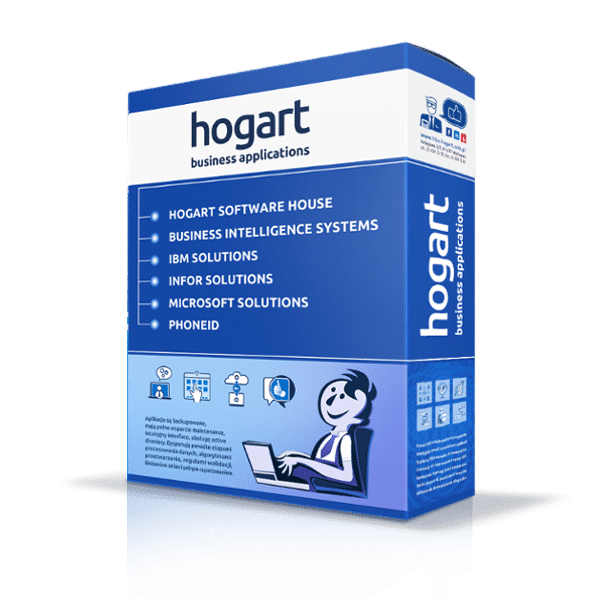Hogart prepared complete IT platform to generate any SAF (Standard Audit File). Platform can be connected to any ERP/financial system (SAP, JD Edwards), collect data, enable generating any required structeres and submit them in structured XML file to any company/authorities via WebServices. Our solution is used by large numer of companies in that IKEA, ThyssenKrupp Energostal SA, Pfizer Trading Polska sp. z o.o. In Poland our solution called Hogart JPK (Polish name of SAF file) enable reporting of all legaly required file structures to Polish tax authorities.

Hogart SAF-T software is a complete solution for advanced processing of generation SAF-T format files (XML) along with the technical data validation to the XSD schemas. Hogart SAF-T is also a repository of generated and submitted data together with the possibility of the recall, viewing, filtering and grouping.
Hogart SAF-T architecture Hogart SAF-T application performance is based on two main processes:

The purpose of the batch process is to prepare and enter data collected from various sources (eg. SQL database, MsExcel files) into structured tables of operating CACHE database. The data are prepared basing on the set-up managed by Hogart SAF-T application.
The batch process is based on stored procedures or additional applications (eg. processing data from MsExcels files) called with the parameters stored in the current application set-up. Batch processes make entries in a dedicated run log table and processing errors table. It allows to keep track of the progress of all processes. As a result of batch processes entries are created in the operation CACHE database and then output data are generated in Hogart SAF-T application.
Data in the operating CACHE database are temporary. After being saved to the main SAF-T database and after forcing the next processing cycle, those data are removed from tables.
XML output files.
The legal and substantive on which we rely In Poland are as follows:
Our software and services
Hogart Sp. z o. o., 01-042 Warszawa, ul. Okopowa 58/72. Sąd Rejonowy dla m.st. Warszawy w Warszawie, XII Wydział Gospodarczy Krajowego Rejestru Sądowego. KRS 0000022120, REGON 012609306, NIP 527-02-02-093. Kapitał Zakładowy 2 434 000,00 zł.
Copyright © Hogart sp. z o.o.